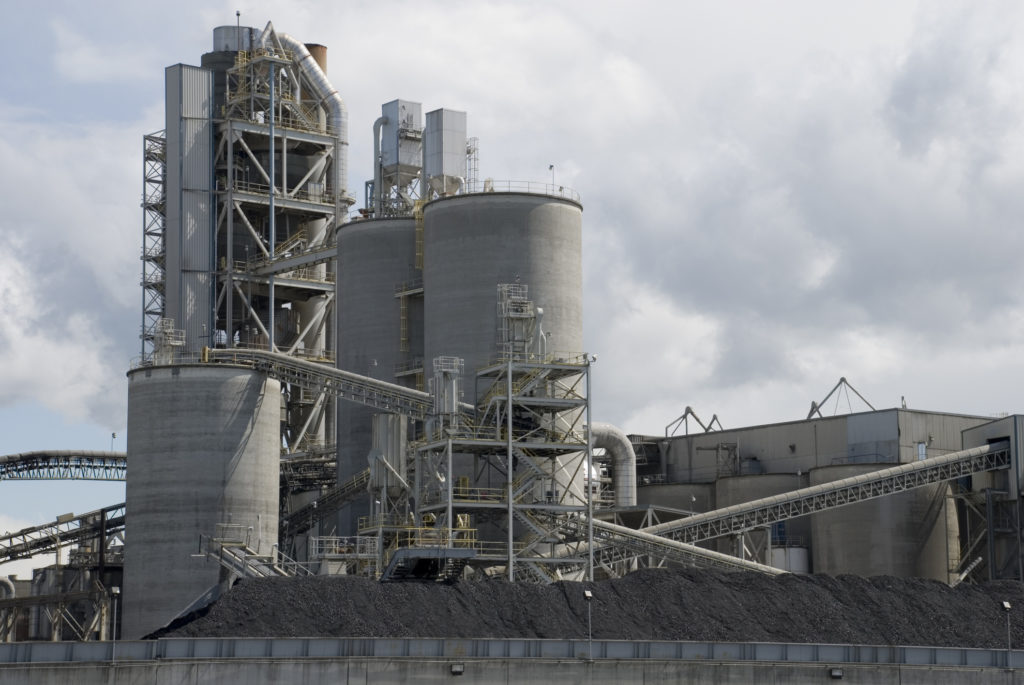 The quality of cement is affected by many factors: the materials used, how they are blended, and how to maintain the cement blend and quality throughout the process.
The quality of cement is affected by many factors: the materials used, how they are blended, and how to maintain the cement blend and quality throughout the process.
Most cement producers utilize the latest technology and solutions to improve cement manufacturing, to help maintain that quality. Weighbelt feeders are one of the solutions used in cement processing that measures and analyzes the product in order for operators to immediately correct any issues with reactive machineries so there is little unplanned production downtime.
More specifically, material feeders are used to control movement of raw or finished products, including powders, granules, solids, liquids, and gases. These products include loss-in-weight feeders and weigh belt feeders that work in conjunction with impact weighers to provide accurate monitoring, blending, and control capabilities.
How do they work?
First, material is fed onto the feeder through an inlet feed section normally equipped with a manually adjustable vertical slide gate to control material height. The gate opening should not exceed 1/3 of the width and should be at least 3 times the maximum particle size.
The scale weighbridge, a belt scale, measures the gravitational force of the material and converts this force measurement into an electrical output signal proportional to belt loading. For better measurement, material should not contact side skirts throughout the belt scale area.
Then, the feeder controller integrates the load cell’s signal (coming out from the weighbridge) and the input from a speed sensor to provide a true weight and a total weight fed. The belt speed should not exceed 0.5 m/sec.
For greater control and blending purposes, the electronics provide output signals, improved communication, self-diagnostics and the ability to upload and download information.
Properties of a reliable weighbelt feeder
- A weighbelt feeder must provide a consistent flow of material and must be able to properly handle the material itself
- It must be very reactive to material weight variations in order to immediately adjust the flow.
- It offers increased sensitivity for more accurate weighing of the product that needs to be feed.
- A weighbelt feeder must be designed to permit easy cleaning and maintenance to reduce waiting time –e.g. using a self-supporting frame with cantilevered design, for easy and fast replacement of the belt without disassembling the machine
- The construction must provide improved corrosion resistance and washdown capabilities.
- It must have a low-profile design to fit into low headroom areas
- It must be “self-cleaning” and be able to maintain a constant belt tension in presence of variable flow load or strong temperature variations
Using the proper weighbelt feeder in cement production helps enable cement producers to optimize material waste, especially when talking of pure expensive additives, to maintain the blend consistency and consequent good quality of the final product, to reduce and minimize downtime of the plant, and potentially increases profits.
- Learn more by listening to our free webcast: Weighbelt feeders: The Heart of the Plant






Leave a Reply